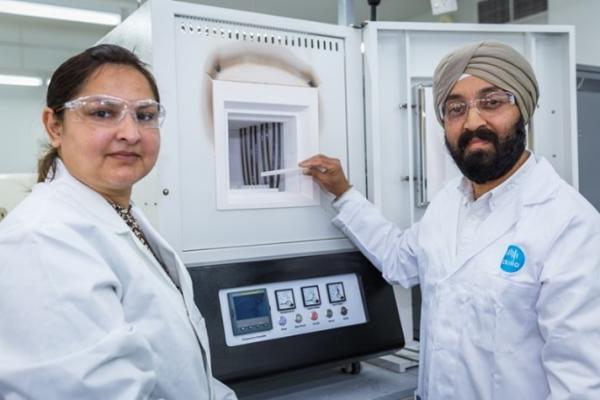
Super-efficient electrolyser makes hydrogen with 30% energy savings
CSIRO’s tubular solid oxide electrolysis (tSOE) technology has attracted the attention of industry and investors due to its high energy efficiency. It’s made of ceramic tubes. Steam runs inside the tubes, and when an electric current is applied, the steam splits into hydrogen and oxide ions. Ceramic membranes are oxide ion conductors and separate oxide ions (as oxygen) from hydrogen at the same time under applied potentials. The rest is pure hydrogen.
When it comes to the cost of manufacturing the electrolysers, CSIRO tubular SOE wins again. Tubular SOE uses a series of sintered ceramic tubes and easily obtainable metals, so they are cheaper to produce. In addition, their SOE technology can efficiently produce hydrogen and syngas (a mixture of hydrogen and carbon monoxide). This is the feedstock for the production of many valued-added chemicals, including ammonia, petrochemical and methanol production. This makes it further distinguishable from PEM and alkaline technologies.
Tubular SOE technology is also highly scalable – the amount of hydrogen produced depends on the number of ceramic tubes inside the electrolyser casing. The tubular design also simplifies the manufacturing process, further reducing manufacturing costs.

